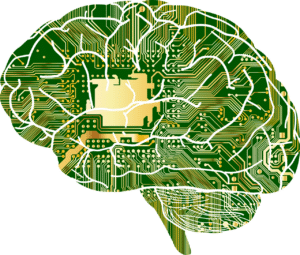Artificial intelligence: 3 trends to watch in 2023
Image source: Pixabay
The artificial intelligence (AI) market has been on a swift growth path for several years – so much so that the industry is expected to reach $42.4 billion in 2023. This momentum will continue, and we’re starting to realize it with the debut of powerful new AI-powered tools and services across industries.
There has been a shift from the well-understood role of AI in analysis and prediction – helping data scientists and enterprises make sense of the world and chart their courses. Accordingly – new and innovative systems, like DALL-E, are producing entirely new artifacts that have never been seen before.
But what’s driving this exponential growth, and how will it affect the space in the coming year? Here are three key AI trends that will take shape in 2023:
1. AI democratization will continue
AI is becoming a fundamental differentiator for business. If you can’t find deeper insights in data, quickly and at scale, your competitors will. There is far less supply than demand, and top engineering and data science talent will remain extremely expensive. As a result, more AI consultants and greater availability of low- and no-code features will become differentiators. This democratization of AI will help simplify the adoption of these technologies in all vertical markets by those with varying levels of experience.
Additionally, cloud vendors will increasingly combine their services building blocks to include AI, leading to powerful, widely available features and solutions. This is important for two reasons:
- Whether they know it or not, more people will be using AI than ever, putting it in the hands of the masses.
- We’re starting to realize the bottom-line business drivers of AI, which will trickle down from the aforementioned major cloud vendors to smaller tech players, leading to even greater AI adoption.
2. Generative AI will become commercialized
Generative AI is having a moment, and we’ll start to see many more products and services come to market in 2023. This area is exciting because many largely untapped but valuable use cases exist.
One particularly bright spot is generative AI-powered language applications. In gaming, for example, a user can opt to sound like their on-screen character. In a virtual meeting, a person with a cold can make their voice easier to understand, enabling them to focus on their work contributions rather than potential misunderstandings.
Unlike AI-generated imagery, which has recently gained a lot of attention, business use cases are lacking. Speech-to-speech (S2S) technology, on the other hand, has the potential to change the way we work. For customer service, this can be a game-changer. For example, contact center agents can use generative AI to clearly understand callers from anywhere in the world, helping them resolve problems faster and feel more empowered.
3. AI ethics will become a top priority
To read the original article, click here.
